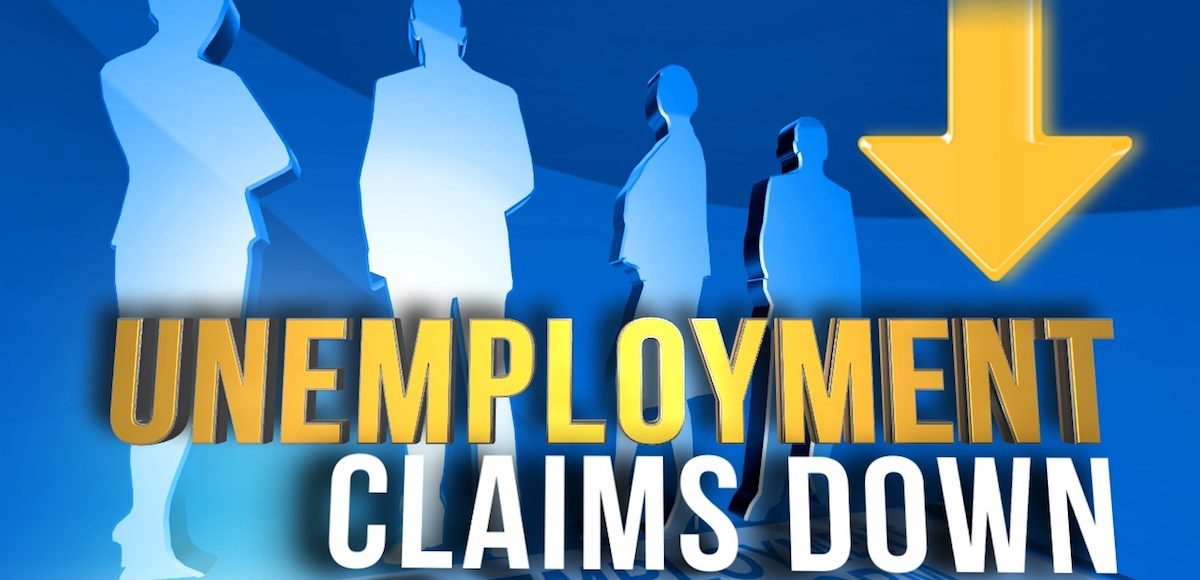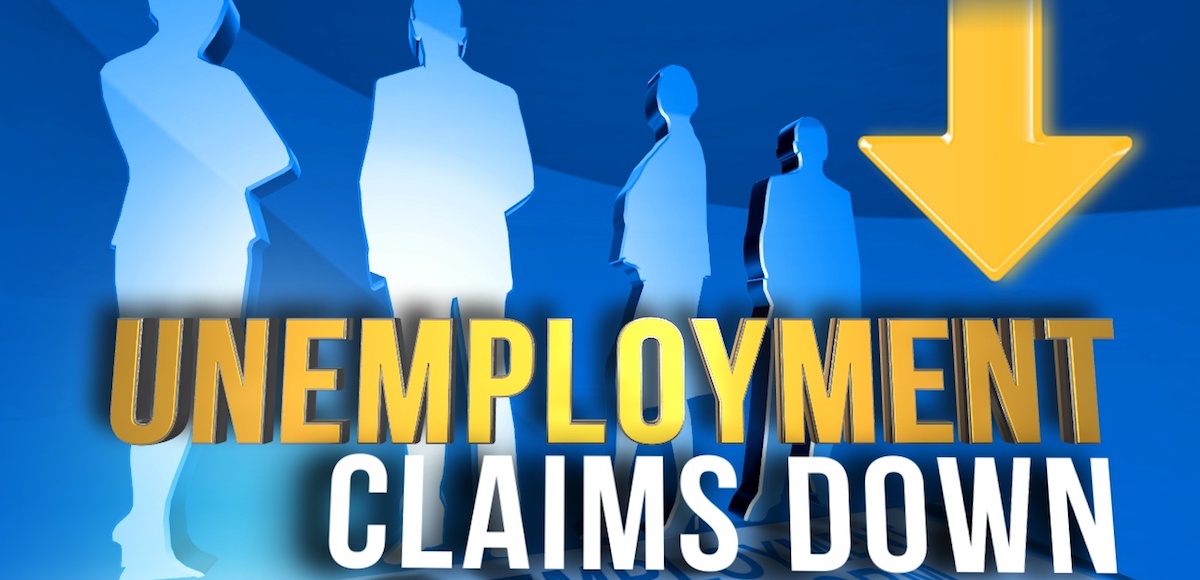

Weekly Jobless Claims Graphic. Number of Americans applying for first-time jobless benefits.
The Labor Department said first-time jobless claims fell far more than expected for the week ending October 14, an indication of strong labor demand. The advance figure for seasonally adjusted initial claims was 222,000, a decrease of 22,000 from the previous week’s revised level and much lower than the 240,000 forecast.
The four-week moving average came in at 248,250, a decline of 9,500 from the previous week’s slightly upwardly (250) revised 257,750 average.
Continuing claims, which lag by a week, fell 16,000 for the week ending October 7 to a new multi-decade low at 1.888 million. The unemployment rate for insured workers is a very low 1.3%, the lowest level since December 29, 1973.
No state was triggered “on” the Extended Benefits program during the week ending September 30.
The highest insured unemployment rates in the week ending September 30 were in Alaska (2.2), Puerto Rico (2.2), New Jersey (2.0), California (1.8), Connecticut (1.8), Pennsylvania (1.6), the District of Columbia (1.5), Illinois (1.5), Massachusetts (1.5), and Nevada (1.5).
The largest increases in initial claims for the week ending October 7 were in California (+4,500), Michigan (+2,751), Pennsylvania (+2,119), Illinois (+1,986), and Washington (+1,356), while the largest decreases were in Missouri (-2,131), New York (-1,065), Florida (-1,041), Ohio (-683), and Texas (-407).





